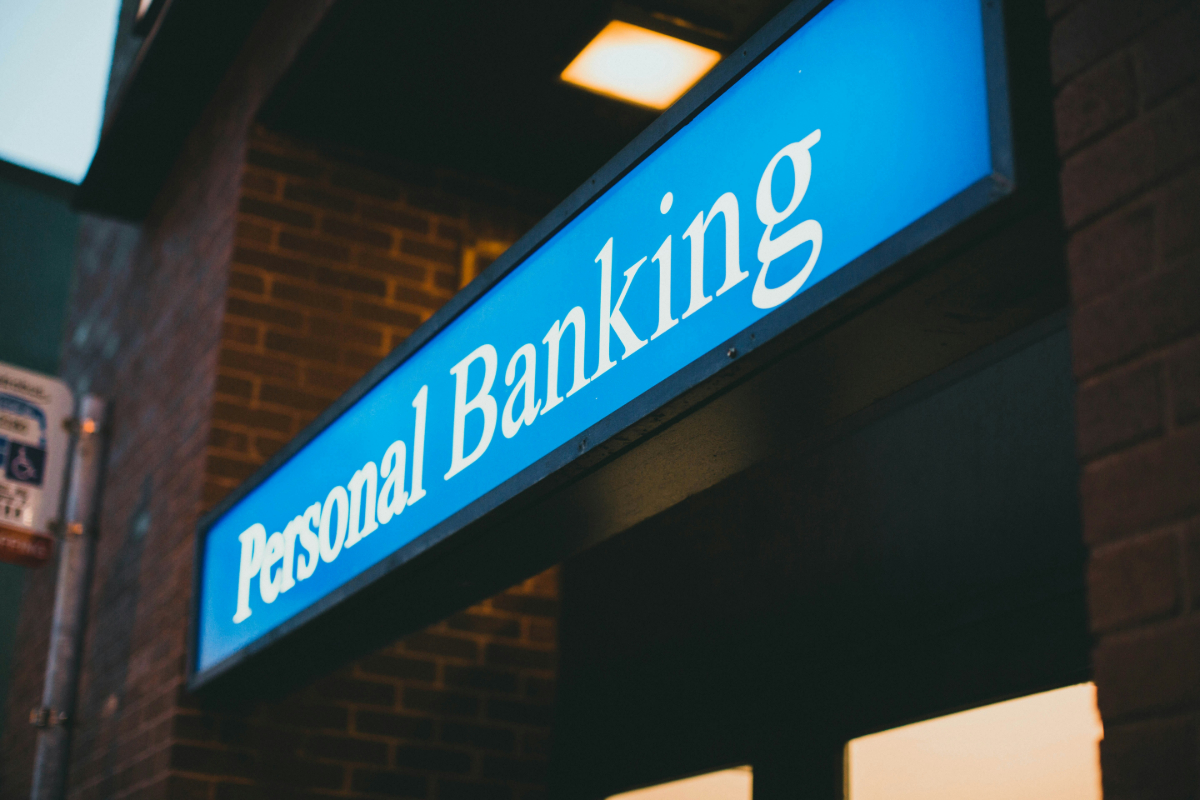Managing your money doesn’t have to be complicated. In fact, whether you’re single or married, you only need three bank accounts to keep your finances organized, simple, and effective:
- A Checking Account – for your day-to-day spending
- A Giving Account – for automated generosity
- A High-Yield Savings Account – for savings and emergencies
That’s it. No endless accounts to track. No confusion about what money goes where. Just three clear buckets that cover all your financial needs.
👉 Important Note: This article focuses on the accounts you need for day-to-day money management—spending, giving, and saving. Investment accounts (401(k), IRA, brokerage, HSA, etc.) are outside the scope here since they serve a different long-term purpose.
1. The Checking Account: Your Day-to-Day Hub
Your main checking account is where your paycheck lands and where your regular spending happens. Bills, groceries, gas, dining out—it all runs through this account.
If you’re married, this should be a joint account. Sharing one main checking account promotes transparency, accountability, and financial unity. Both of you can see where the money is going, and you avoid the “yours vs. mine” mentality that often creates friction.
📊 Fact: In a recent survey, 66% of married couples said they argue about money regularly, but couples who pool finances report higher relationship satisfaction and less stress. (Indiana University Kelley School of Business)
2. The Giving Account: Automating Generosity
This is technically another checking account, but it has a single, clear purpose: giving.
Every payday, set up an automatic transfer (e.g., 10%) from your main checking account into your giving account. That money is now set aside for generosity—whether that’s tithing, supporting a cause, or helping someone in need.
Why keep it separate?
- It makes giving a priority instead of an afterthought.
- It removes guilt or second-guessing because you know exactly how much is earmarked.
- It keeps generosity from competing with your bills or discretionary spending.
📊 Fact: Only about 5–10% of churchgoers tithe consistently, but donors who set up recurring or automated giving end up contributing 42% more over time compared to sporadic givers. (Donorbox, Overflow)
By treating generosity like a fixed part of your budget, you not only give more consistently but also with more joy.
3. The High-Yield Savings Account: Growing Your Safety Net
Traditional savings accounts at local banks usually pay pennies in interest. That’s why your savings should be at an online bank offering high-yield interest rates.
This account isn’t for daily use. It’s for:
- Your emergency fund
- Big upcoming expenses (car repairs, travel, etc.)
- Future savings goals
📊 Fact: The national average savings account APY is just 0.40%, while the best high-yield savings accounts today offer 4.00–4.50% APY. That’s over 10x more growth on your emergency fund. (NerdWallet, Investopedia)
Since you don’t need quick access to this money, an online bank works perfectly. You get maximum interest, while the slight delay in withdrawals keeps you from dipping into it unnecessarily.
👉 You can see the latest average HYSA rates and a curated list of the best options at our Financial Tools page.
Why This Works
- Simplicity: Three accounts are easy to track and manage.
- Clarity: Every dollar has a clear home—spending, giving, or saving.
- Unity: For couples, joint accounts eliminate secrecy and foster financial teamwork.
More accounts often just mean more confusion. But with these three, you’ll have a system that covers all the essentials: living, giving, and saving.
Possible Objections & Responses
“I like having separate accounts for different goals—travel, car repairs, holidays.”
That’s understandable, but you don’t need separate bank accounts for each category. Use your budgeting app or spreadsheets to track those goals while keeping the actual funds in your HYSA. Most HYSAs allow you to create “buckets” or “sub-savings goals” digitally without opening new accounts.
“What if I need quick access to my savings?”
That’s what your main checking account is for. Your HYSA is designed for emergency funds and planned expenses—not daily use. Online transfers usually take 1–3 business days, which is fast enough for emergencies but slow enough to discourage impulse spending.
“Online banks feel less safe than my local branch.”
As long as the bank is FDIC- or NCUA-insured, your money is just as protected as at a brick-and-mortar bank. Online banks often have lower costs, which is why they can pay much higher interest rates.
“Won’t combining accounts with my spouse lead to conflict?”
Research actually shows the opposite—couples who fully combine finances tend to have greater trust, less stress, and better financial outcomes. Transparency builds teamwork. You can still budget for individual discretionary spending within the same shared account.
✅ Action Step: If you’re juggling five, six, or even ten accounts right now, take a look at which ones you actually use. Consolidate down to these three, and you’ll find managing money is far easier than you thought.

Leave a Reply